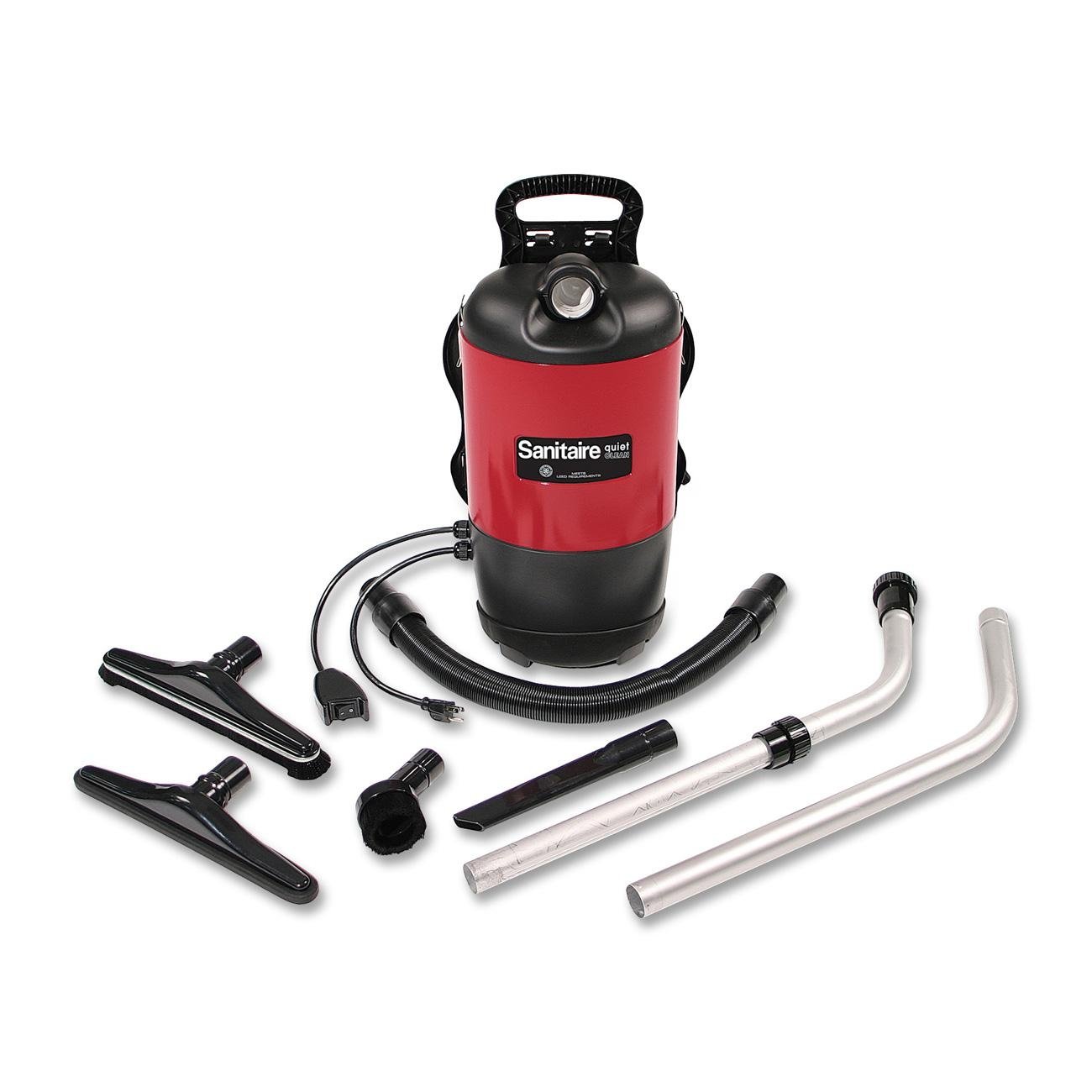Conquering Pests with Power and Precision: Why Stihl Backpack Sprayers are a Commercial Pest Control Game Changer
Running a successful commercial pest control business demands efficiency, reliability, and precision. Your equipment is a critical factor in delivering top-notch service, and the choice of sprayer can significantly impact your bottom line. That’s where Stihl backpack sprayers step in – offering a robust solution that combines power, ergonomics, and long-lasting performance to help you tackle even the toughest jobs.
The Power of Torque: Why It Matters in a Backpack Sprayer
In the world of backpack sprayers, raw horsepower isn’t the only metric that matters. Torque, the rotational force of the engine, is equally crucial. High torque translates to consistent power delivery, especially when facing obstacles like thick vegetation or high-pressure spraying. A high-torque Stihl backpack sprayer ensures consistent application, preventing clogs and uneven coverage – vital for effective pest elimination.
Imagine struggling with a sprayer that bogs down when you encounter dense shrubs. With insufficient torque, you might end up with inconsistent application, requiring you to revisit areas and wasting valuable time and product. A Stihl sprayer, with its emphasis on powerful torque, minimizes these issues, allowing for smooth operation and consistent, thorough coverage, regardless of the terrain.
Stihl Backpack Sprayer Engine Options: Finding the Perfect Fit

Stihl offers a range of backpack sprayers, each designed to meet specific needs. While precise torque and horsepower specifications vary by model, you’ll find a common thread of robust performance across the lineup. Their engines are typically engineered for durability and longevity, minimizing downtime and maximizing your return on investment. Look for specifications detailing engine displacement (in cubic centimeters) and power output (in horsepower) to find the best fit for your application volume and terrain.
Decoding the Specifications: Torque, Tank Capacity, and More

When choosing a Stihl backpack sprayer, understanding the specifications is essential. While specific numbers vary by model, you should pay close attention to:
- Tank Capacity: Consider the size of your typical jobs and choose a tank capacity that allows you to complete tasks without frequent refills.
- Pump Pressure: Higher pressure is usually beneficial for reaching higher areas and ensuring penetration into dense foliage. However, excessive pressure can lead to drift.
- Engine Type: Stihl typically utilizes two-stroke engines known for their power-to-weight ratio. Look for information about the engine’s displacement and horsepower.
- Weight: Even with ergonomic designs, the weight of the sprayer plays a role in comfort and fatigue. Look for specifications to assess how well it suits your physical capabilities.
- Features: Consider features like adjustable spray nozzles, ergonomic straps, and easy-to-clean components for enhanced comfort and efficiency.
Note: Detailed torque specifications aren’t always prominently featured in marketing materials. Contact Stihl directly or consult detailed technical specifications to find precise torque values for specific models.
Stihl vs. the Competition: A Closer Look

While other manufacturers produce backpack sprayers, Stihl often stands out due to its reputation for quality, durability, and powerful engines. Comparing Stihl sprayers to competitors often reveals differences in engine performance, build quality, and ergonomic design. While price might be a factor, consider the long-term value offered by a reliable sprayer that minimizes downtime and maximizes your efficiency. Research user reviews and compare features to make an informed decision that aligns with your business needs and budget. Things like warranty length and ease of maintenance should also be part of the comparison process.
Practical Advice for Using Your Stihl Backpack Sprayer

Maximizing the lifespan and performance of your Stihl backpack sprayer requires proper care and usage. Here’s some essential advice:
- Regular Maintenance: Follow the manufacturer’s maintenance schedule diligently. This includes checking and cleaning filters, inspecting hoses for damage, and ensuring proper lubrication.
- Proper Mixing: Accurately measure and mix chemicals according to the product instructions and safety guidelines. Improper mixing can damage the sprayer and lead to ineffective treatment.
- Safe Handling: Always wear appropriate personal protective equipment (PPE), including gloves, eye protection, and a respirator, when using pesticides. Follow all safety guidelines outlined in the product and sprayer manuals.
- Storage: Store your sprayer in a clean, dry place, preventing exposure to extreme temperatures and moisture. Thoroughly clean and rinse the sprayer after each use.
- Troubleshooting: Familiarize yourself with common problems and troubleshooting steps. If problems persist, contact a Stihl service center for professional assistance.
Conclusion: Investing in Efficiency and Professionalism
Investing in a high-quality backpack sprayer is an investment in the success of your commercial pest control business. Stihl backpack sprayers, with their emphasis on powerful torque, reliable engines, and ergonomic design, offer a significant advantage in efficiency, productivity, and ultimately, profitability. By understanding the features, specifications, and maintenance requirements, you can harness the power of a Stihl sprayer to elevate your pest control operations to a new level.